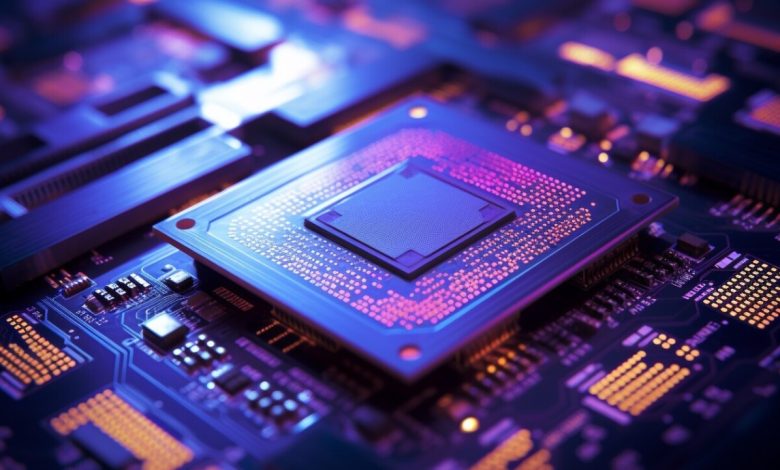The Future of Semiconductor Distribution in India: Trends and Forecasts

Growing semiconductor market: India has been experiencing steady growth in the semiconductor market, driven by factors such as increasing demand for electronics, government initiatives to promote domestic manufacturing, and the rise of emerging technologies like 5G, IoT, and AI. This growth is expected to continue in the future, presenting opportunities for semiconductor distributors.
Local manufacturing initiatives: The Indian government has launched several initiatives to promote domestic semiconductor manufacturing, such as the National Electronics Policy and the Production Linked Incentive (PLI) scheme. These initiatives aim to reduce dependence on imports and create a favorable ecosystem for semiconductor manufacturing in India. As local manufacturing expands, it is likely to impact the semiconductor distribution landscape.
Focus on automotive and industrial sectors: The automotive and industrial sectors are expected to be significant drivers of semiconductor demand in India. The growing adoption of electric vehicles, autonomous driving technologies, and Industry 4.0 initiatives is fueling the need for advanced semiconductors in these sectors. Semiconductor distributors may see increased demand from these industries in the coming years.
Rise of IoT and AI: The Internet of Things (IoT) and Artificial Intelligence (AI) are transforming various industries and creating new opportunities for semiconductor applications. As IoT and AI adoption increases in India, there will be a growing demand for specialized semiconductors, sensors, and connectivity solutions. Semiconductor distributors that can cater to these emerging technology sectors are likely to thrive.
Supply chain resilience and localization: The COVID-19 pandemic highlighted the vulnerabilities of global supply chains, leading to an increased focus on supply chain resilience and localization. This trend may result in a shift towards more localized supply chains, including domestic semiconductor manufacturing and distribution in India. Semiconductor distributors that can adapt to these changing dynamics and offer localized solutions may have a competitive advantage.
Technological advancements and product complexity: The semiconductor industry is characterized by rapid technological advancements and increasing product complexity. New technologies such as 5G, AI, and edge computing are driving the need for advanced semiconductors. Semiconductor distributors will need to stay updated with the latest technologies and invest in technical expertise to effectively distribute these complex products.
Digital transformation: Digital transformation is reshaping the semiconductor distribution landscape. Distributors are adopting digital platforms and tools to streamline operations, enhance customer experience, and improve supply chain visibility. Embracing digital technologies and leveraging data analytics can provide insights for better decision-making and operational efficiency.
It’s important to note that the semiconductor industry is highly dynamic and subject to various macroeconomic, technological, and regulatory factors. The future of semiconductor distribution in India will depend on how these trends evolve and how the industry landscape shapes up.




